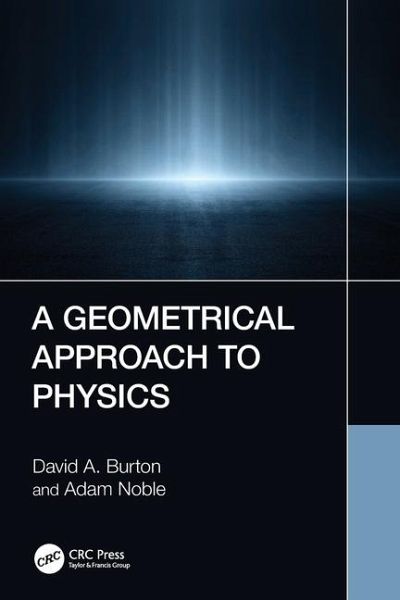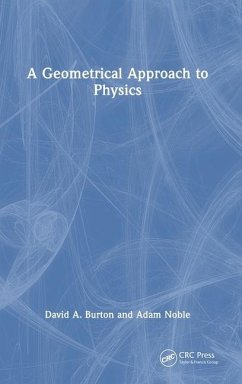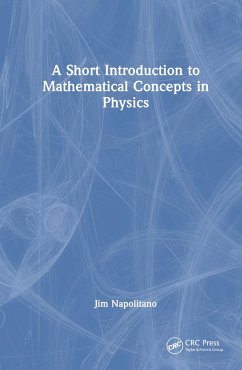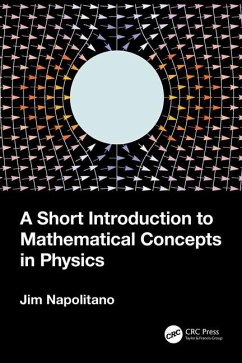
A Geometrical Approach to Physics
Versandkostenfrei!
Versandfertig in 6-10 Tagen
53,99 €
inkl. MwSt.
Weitere Ausgaben:

PAYBACK Punkte
27 °P sammeln!
This book provides an accessible introduction to using the tools of differential geometry to tackle a wide range of topics in physics, with the concepts developed through numerous examples to help the reader become familiar with the techniques.Physical applications are used to develop the techniques and demonstrate their wide-ranging applicability. Formalism is introduced sparingly and step-by-step, where it is needed, and chapters contain exercises for readers to test their understanding. Worked solutions to the exercises are included.It is an ideal textbook for advanced undergraduate or post...
This book provides an accessible introduction to using the tools of differential geometry to tackle a wide range of topics in physics, with the concepts developed through numerous examples to help the reader become familiar with the techniques.
Physical applications are used to develop the techniques and demonstrate their wide-ranging applicability. Formalism is introduced sparingly and step-by-step, where it is needed, and chapters contain exercises for readers to test their understanding. Worked solutions to the exercises are included.
It is an ideal textbook for advanced undergraduate or postgraduate courses on mathematical methods for physicists, for students whose background is in physics rather than mathematics. It is assumed that the reader has no prior knowledge of mathematical methods beyond the content of a standard undergraduate physics degree.
The purpose of the book is to act as a 'gateway' to more advanced books on the applications of differential geometry in physics. It will also help the reader to better appreciate modern physics research that makes use of differential geometry, and the common features that permeate the discipline as a whole.
Key Features:
Presents a light and accessible treatmentCan be used as a textbook for a short course on mathematical methods for physicistsAccessible to advanced undergraduates and postgraduates whose background is in physics, not mathematics
Physical applications are used to develop the techniques and demonstrate their wide-ranging applicability. Formalism is introduced sparingly and step-by-step, where it is needed, and chapters contain exercises for readers to test their understanding. Worked solutions to the exercises are included.
It is an ideal textbook for advanced undergraduate or postgraduate courses on mathematical methods for physicists, for students whose background is in physics rather than mathematics. It is assumed that the reader has no prior knowledge of mathematical methods beyond the content of a standard undergraduate physics degree.
The purpose of the book is to act as a 'gateway' to more advanced books on the applications of differential geometry in physics. It will also help the reader to better appreciate modern physics research that makes use of differential geometry, and the common features that permeate the discipline as a whole.
Key Features:
Presents a light and accessible treatmentCan be used as a textbook for a short course on mathematical methods for physicistsAccessible to advanced undergraduates and postgraduates whose background is in physics, not mathematics














